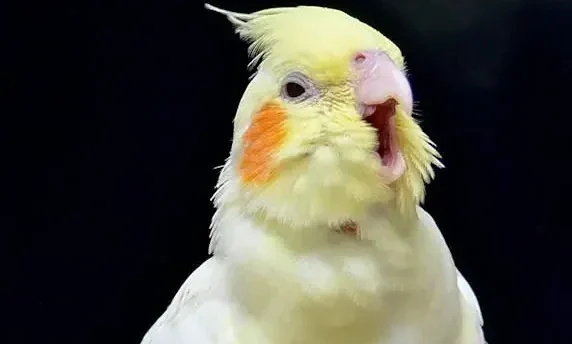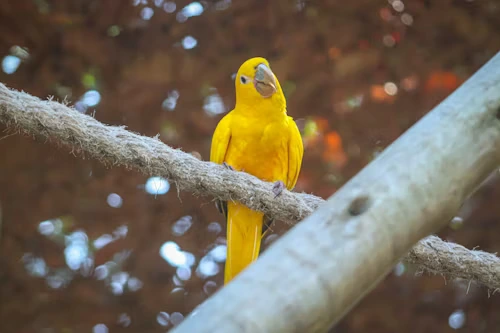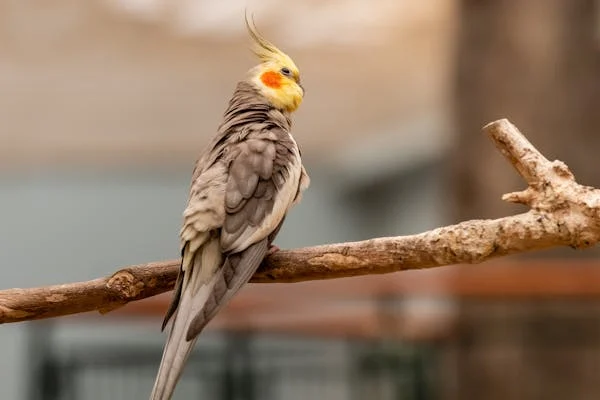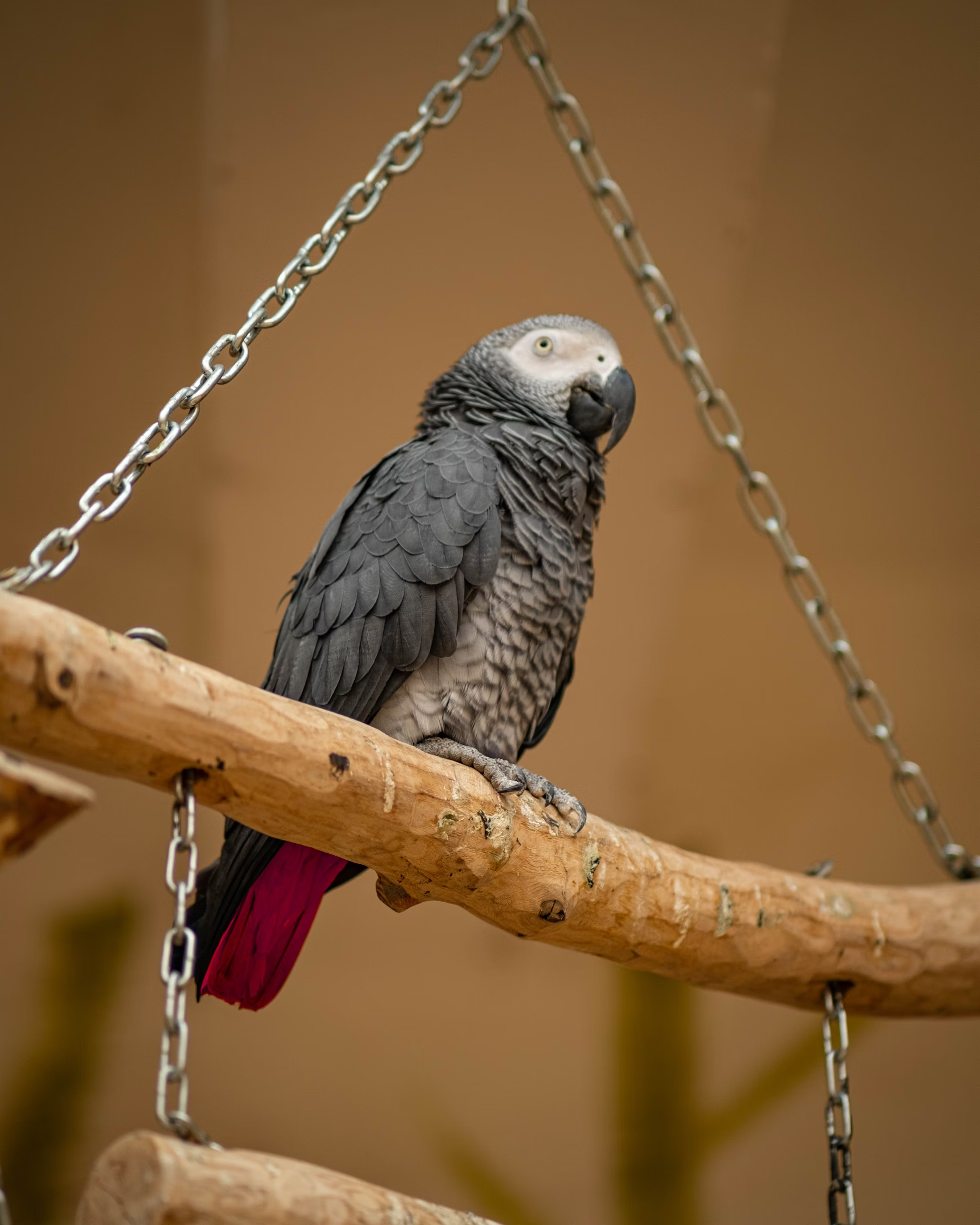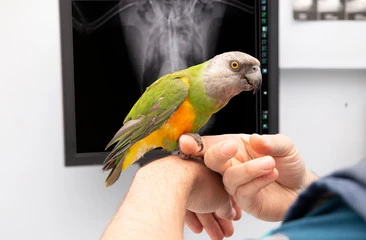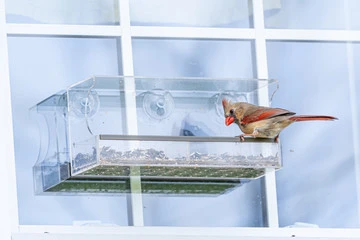Dove Bird House: Best Proven Tips for Happy Homes

Watching doves flutter around your backyard can be an incredibly peaceful experience. Their soft cooing and gentle nature make them a favorite among bird enthusiasts. But if you want these beautiful birds to stick around, they need a safe and comfortable dove bird house.
Whether you’re a beginner bird lover or a seasoned avian caretaker, this guide will walk you through everything you need to know—from choosing the right dove bird house to finding the perfect placement. Let’s dive in!
Table of Contents
Why Doves Need Special Nesting Spaces
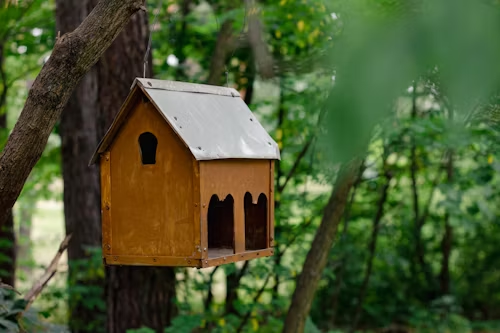
Unlike other birds that prefer enclosed nest boxes, doves thrive in open, protected spaces. They often choose ledges, gutters, or even flat surfaces like your bird feeder. But with a well-designed dove bird house, you can encourage them to nest in a safer, more controlled environment.
Key reasons why doves need specialized housing:
- Preference for Open Nests – Doves avoid tight, enclosed spaces and prefer flat platforms.
- Vulnerability to Predators – A well-placed nesting box keeps them safe from cats and other threats.
- Encourages Breeding – Providing a dedicated space can attract mating pairs to your yard.
If you’re new to bird care, check out our guide on best pet birds for beginners.
Choosing the Best Dove Nesting Boxes
Not all birdhouses are created equal—especially when it comes to doves. Here’s what to look for in a dove nesting box:
1. Open vs. Enclosed Designs
Since doves prefer flat, open platforms, a traditional enclosed birdhouse won’t work. Instead, opt for:
- Platform Nesting Boxes
- Rough-Cut Cedar Designs (weather-resistant)
- Flat Surfaces with Low Edges (for easy access)
2. Ideal Dimensions
A good mourning dove bird house should be:
| Feature | Recommended Size |
|---|---|
| Platform Size | 12-14 inches long |
| Depth | 6-8 inches deep |
| Height | 10-12 inches high |
3. Material Matters
- Cedar (rot-resistant & durable)
- Untreated Wood (safe for birds, avoids toxic chemicals)
- Metal or Plastic Bases (for easier cleaning)
DIY Dove Nesting Box: A Simple Guide
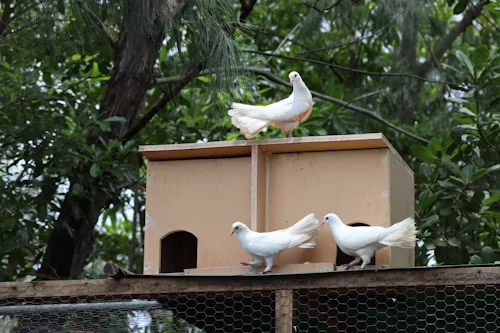
Want to build your own dove nesting box? Here’s a straightforward 30-minute project:
What You’ll Need:
✔ Untreated cedar planks (1×8″ or 1×10″)
✔ Screws & a drill
✔ Saw
✔ Sandpaper
Step-by-Step Instructions:
- Cut the Base – 12” x 12” platform.
- Attach Low Sides – 4” high walls on three sides (leaving one open).
- Add a Roof (Optional) – A slanted roof helps with rain runoff.
- Sand Edges – Smooth any rough spots.
Pro tip: Keep it simple—doves don’t need fancy additions, just a sturdy, flat surface.
Dove House Placement Tips for Maximum Attraction
Even the best dove bird house won’t help if it’s in the wrong spot. Follow these placement tips:
✅ Height Matters – 5-15 feet off the ground (to avoid predators).
✅ Sheltered & Shaded – Near trees or under eaves for protection.
✅ Avoid High-Traffic Areas – Doves prefer quiet spots.
✅ Facing Away from Winds – Protect them from harsh weather.
FAQs About Dove Bird Houses
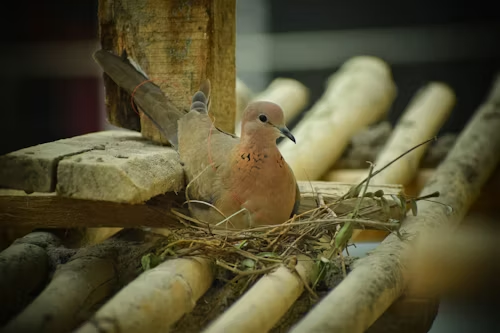
Q: Do mourning doves use enclosed birdhouses?
A: No! They prefer open platforms or flat surfaces.
Q: How can I keep predators away?
A: Place the nest box high up and away from trees where cats or squirrels can reach.
Q: Should I add nesting material?
A: Doves build flimsy nests, so lay down pine needles or straw to help.
Q: When is the best time to set up a dove house?
A: Early spring—right before breeding season!
For more bird care tips, explore our bird cage toys guide.
Final Thoughts
A dove bird house is a fantastic way to attract and protect these lovely birds in your backyard.
By choosing the right design, placing it strategically, and maintaining a safe environment, you’ll create a welcoming space for doves to nest and thrive.
Now it’s your turn! Have you ever set up a dove nesting box? Share your experiences in the comments—we’d love to hear from you. And don’t forget to bookmark this guide for future reference. Happy birding! 🕊️

